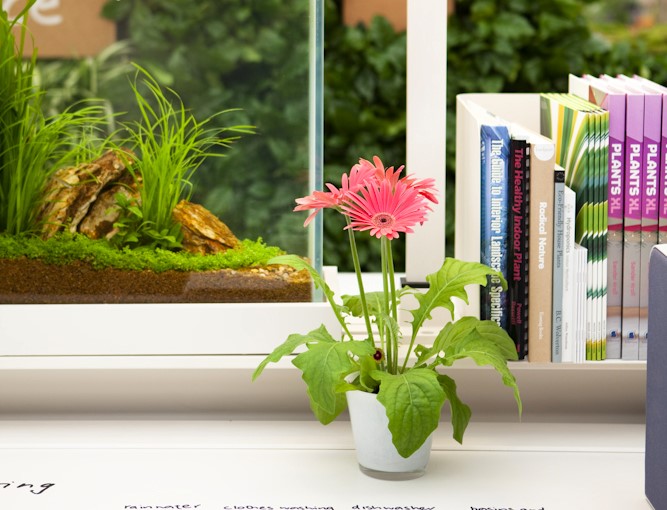
The benefits of having house plants
There are many benefits to having plants indoors, both for the environment and for the people living or working in the space. Here are just a few of the main benefits:
- Improved air quality: Plants act as natural air purifiers, removing harmful chemicals and pollutants from the air. This can lead to improved indoor air quality, which is especially important for people with allergies or respiratory issues.
- Increased humidity: Dry indoor air can cause a variety of issues, including dry skin, dry throat, and static electricity. Plants release water vapor into the air through a process called transpiration, which can help to increase the humidity in a room, making it more comfortable for people to be in.
- Stress relief: Studies have shown that being around plants can reduce stress and anxiety, and can even improve mood and productivity. This is likely due to the calming effect of nature and the ability of plants to improve the overall aesthetics of a space.
- Improved aesthetics: Adding plants to a room can bring a sense of life and vibrancy to the space, making it more inviting and enjoyable to be in.
- Increased sense of well-being: Studies have shown that being around plants can improve overall well-being and even lead to faster recovery times in hospitals.
- Noise reduction: Some plants, such as ferns and spider plants, are able to absorb sound waves, making them effective at reducing noise levels in a room.
Having plants indoors offers a wide range of benefits, from improving air quality and increasing humidity to reducing stress and improving overall well-being. So if you’re looking to improve your indoor environment, consider adding some plants to your space.
The downsides of having house plants
While there are many benefits to owning plants indoors, there are also a few potential downsides to consider. Here are a few of the main drawbacks:
- Maintenance: Plants require regular care, including watering, fertilizing, and pruning. This can be time-consuming and may not be feasible for everyone, especially for those who are busy or have a brown thumb.
- Allergies: Some people may be allergic to certain plants, which can cause symptoms such as sneezing, itching, and watery eyes. If you have allergies, it’s important to choose plants that are less likely to cause a reaction.
- Pests: Some plants are prone to attracting pests, such as aphids, mealybugs, and whiteflies. These pests can be difficult to get rid of and can damage the plant, so it’s important to keep an eye out for any signs of infestation.
- Space limitations: Depending on the size of your living space, you may not have room for a large number of plants. This can limit your options and may make it difficult to enjoy the full range of benefits that plants can provide.
- Cost: While many plants are relatively inexpensive, some species can be more expensive to purchase and maintain. This can be a factor for those on a budget.
Overall, while owning plants indoors can offer many benefits, it’s important to be aware of the potential drawbacks and to choose plants that are well-suited to your needs and resources.


Leave a Reply